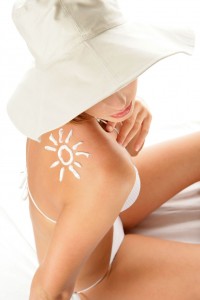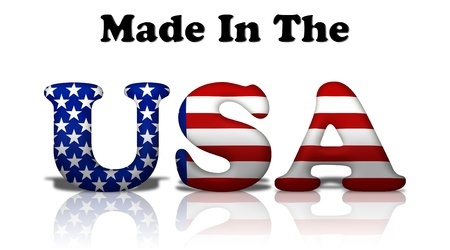 When you’ve shopped for sunscreens, you have probably noticed products with very high sun protection factor (SPF) ratings. But is a 100+ or a 90+ sunscreen really that much better than one with an SPF of 30?
When you’ve shopped for sunscreens, you have probably noticed products with very high sun protection factor (SPF) ratings. But is a 100+ or a 90+ sunscreen really that much better than one with an SPF of 30?
What is SPF?
SPF refers to the ability of a sunscreen to block ultraviolet B (UVB) rays, which cause sunburns, but not UVA rays, which are more closely linked to deeper skin damage. Both UVA and UVB contribute to the risk of skin cancer. Look for sunscreen labeled Broad-Spectrum and contains ingredient zinc oxide for both UVA / UVB protection. It is the broadest spectrum UVA and UVB absorber that is approved for use in sunscreen by the FDA.
The SPF rating is a measure of the time it would take you to sunburn if you were not wearing sunscreen as opposed to the time it would take with sunscreen on.
“SPF is not a consumer-friendly number,” says Florida dermatologist James M. Spencer, MD. “It is logical for someone to think that an SPF of 30 is twice as good as an SPF of 15 and so on. But that is not how it works.”
According to Spencer, an SPF 15 product blocks about 94% of UVB rays; an SPF 30 product blocks 97% of UVB rays; and an SPF 50 product blocks about 98% of rays, SPF 100 blocks 99 percent of UVB rays.
Sunscreens with higher SPF ratings block slightly more UVB rays, but none offers 100% protection. If adequately applied, sunscreens with sky-high SPFs offer slightly better protection against lobster-red burns than an SPF 30. But they don’t necessarily offer stellar protection against the more deeply penetrating ultraviolet A radiation, or so-called aging rays.
Spencer recommends SPF 30 products to his patients.
 High-SPF products may have greater risks to health
High-SPF products may have greater risks to health
High-SPF products require higher concentrations of sun-filtering chemicals than low-SPF sunscreens. Some of these ingredients may pose health risks when they penetrate the skin, where they have been linked to tissue damage and potential hormone disruption. Some may trigger allergic skin reactions. If studies showed that high-SPF products were better at reducing skin damage and skin cancer risk, that extra chemical exposure might be justified. But they don’t, so choosing sunscreens with lower concentrations of active ingredients – SPF 30 instead of SPF 70, for example – is prudent.
It is true that some of the chemicals used in sunscreen such as para-aminobenzoic (PABA), which is hardly used anymore, and oxbenzone, can be irritating. Some chemicals, such as, Avobenzone and Mexoryl SX are UVA-absorbing agents with low skin penetration. Combinations of chemical absorbing chemicals and physical blockers such as, zinc oxide and titanium dioxide provide the greatest “broad-spectrum” protection.
We should worry more about wearing enough sunscreens, rather than how high their SPF is.
Skimp and you lose. To get the SPF advertised, you must use a full shot glass on your body. That’s an ounce, which means a three-ounce tube should last, at most, a few outings. A small 2007 study published in the British Journal of Dermatology found that under-application made SPF coverage fall much more steeply.
“It turns out that if you apply half the amount, you get the protection of only the square root of the SPF,” said Dr. Darrell S. Rigel, a clinical professor of dermatology at New York University, who has done efficacy testing for Johnson & Johnson and the Procter & Gamble Company.
So applying a half-ounce of SPF 70 will not give you the protection of SPF 35, but 8.4, Dr. Rigel said.
Sunscreen should be reapplied at least every two hours or after swimming, drying off, or sweating.
“The best way make sure you are protected is to reapply sunscreen often,” Spencer says. “You just can’t put it on in the morning and forget about it. I don’t care if it’s SPF 800 or the best UVA protection, after a few hours it’s gone.”
You can try EILEEN MAI Vitamin C Daily Protection Moisturizer SPF 30, suits for all skin types, including sensitive skin.





